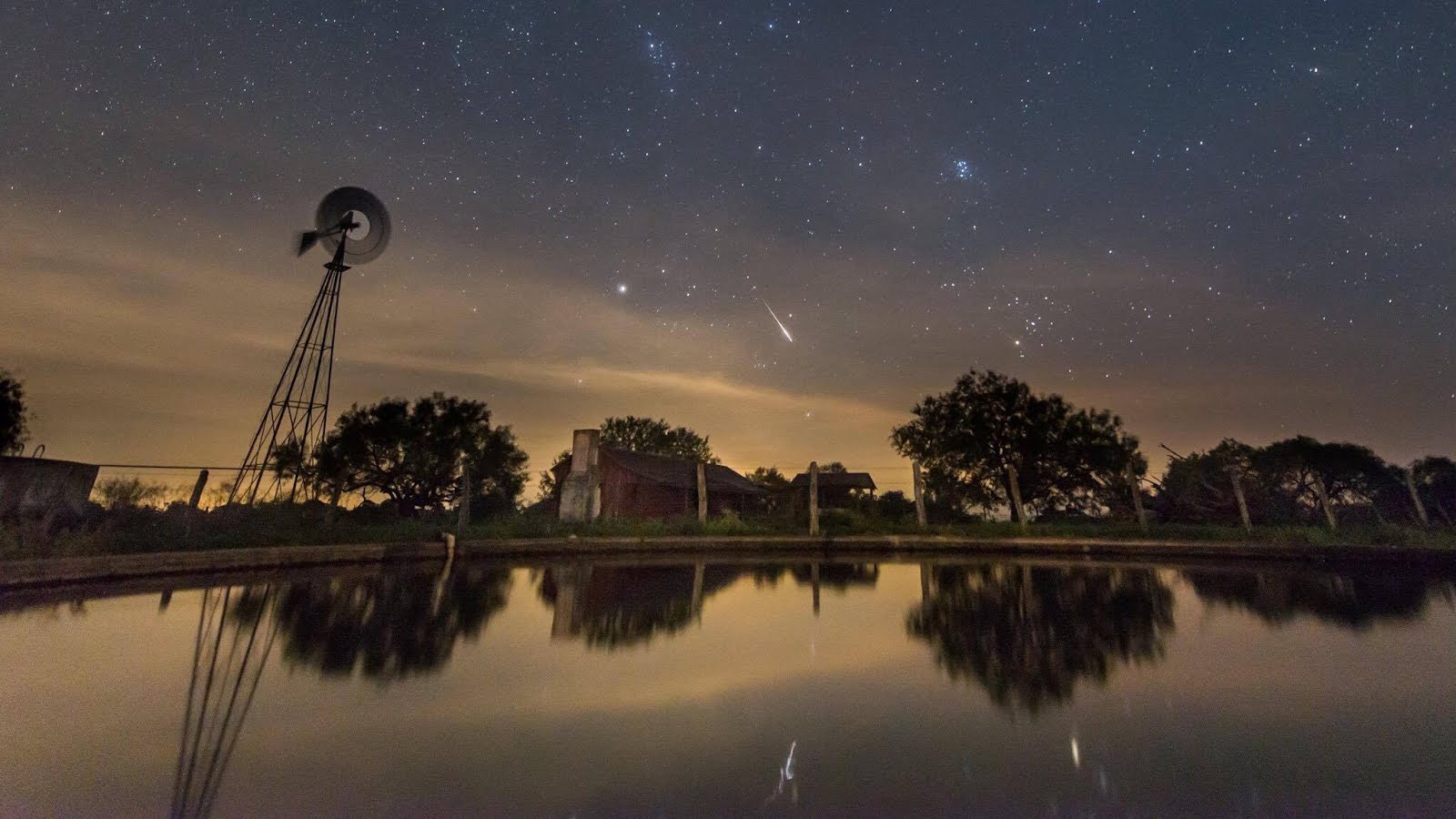The area has been evacuated for days.
Things are still not 100% clear and everything now is just speculation.
March 14, 2011, 09:29:35 PM
Fire is not radioactive.
(added)They just corrected to say it is radioactive.
Damn.
up to 400 mSv levels in the facility.
(Added again)
This not clear. It seems the smoke may just be carrying some of the radiation from the vicinity of the reactors and not radioactive in origin. My translation of what they said is that. But, one of the Tokyo Power guys said that the fire may have been in the stored fuel area. The stored rods may be the source of the radiation.
March 15, 2011 at 04:40:22 AM
The fire is out. Spent fuel rods in a storage pool were exposed, forming hydrogen gas and an explosion. That explosion caused the fire. The storage pool water temperature is now reduced, but still double what is normal. There are reports that the fire added to the radiation spike discussed below.
The radiation level near reactor 2 was 400 mSv/hr during the spike with the fire. That's high and serious for anyone in the area unprotected. It is reported to have dropped back down to 1.2 mSv within minutes. The suppression pool (a toroid with a large volume of water under the reactor) may have been damaged when a hydrogen explosion occurred near the bottom of the reactor, instead of higher in the building seen in previous explosions. The amount and nature of damage isn't clear yet.
Everyone has been evacuated from within 20 km - the evacuation started days ago. People 20 -30 km away are staying inside and taking other precautions. The radiation measurements outside the area are very low and of no consequence. I'm downwind about 100km away and not concerned or affected by the minuscule increase in radiation.
March 15, 2011 at 07:12:07 PM
The problems at the plant are:
1. There is no electric power to do anything.
2. The stored fuel rod pools are the main problem. They are located above the reactors in the same buildings and they cannot keep the spent fuel rods covered. They appear to be the radioactive source, not the reactors. They have no way to pump water (seawater - the only source now) up to them without power. They were using firetrucks, but they have been damaged in the hydrogen explosions. 3. There are 6 reactors, all with the same pools and problems. Every time one gets under control, another loses water and it's like juggling 6 hot potatoes.
The radiation from the rods doesn't contain I-131 (Iodine-131), so I-127 (Iodine-127) has no effect. It's meaningless.
The radiation levels outside the immediate area of the plant is in the scale of 0.8 µSv. That is 8/10,000,000th of a Sv. It has no effect on anything.
Japan has bigger problems than that. The trucks aren't running, the grocery stores throughout the entire Tokyo (200 miles and 40 million people south) are running out of food, there is no gasoline (we don't know why) and stores are only open for a few hours because of rolling blackouts from power shortages. Some areas only have 3-4 hours of power per day. Factories and other businesses are all closed.
March 15, 2011 at 11:15:30 PM
My place is still shaking from another big quake just minutes ago.
The spike was micro (µSv), not milli (mSv). That is 1,000 times less.
Sending the wife to Okinawa in a few days. Already have reservation and planes are flying in and out of Tokyo. I'm collecting blankets from all the neighbors and some of us will fill our cars and head north to help.
| 





